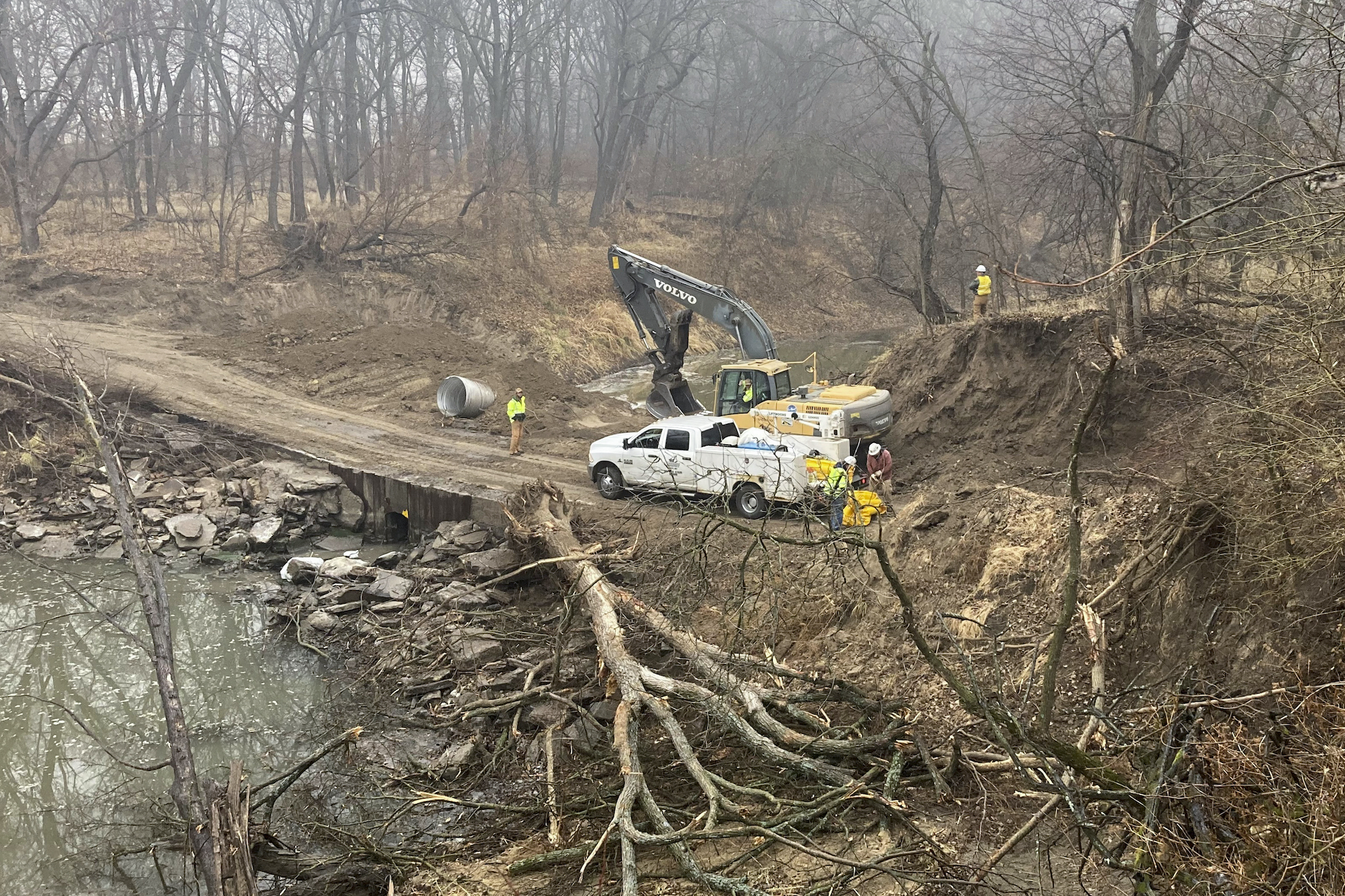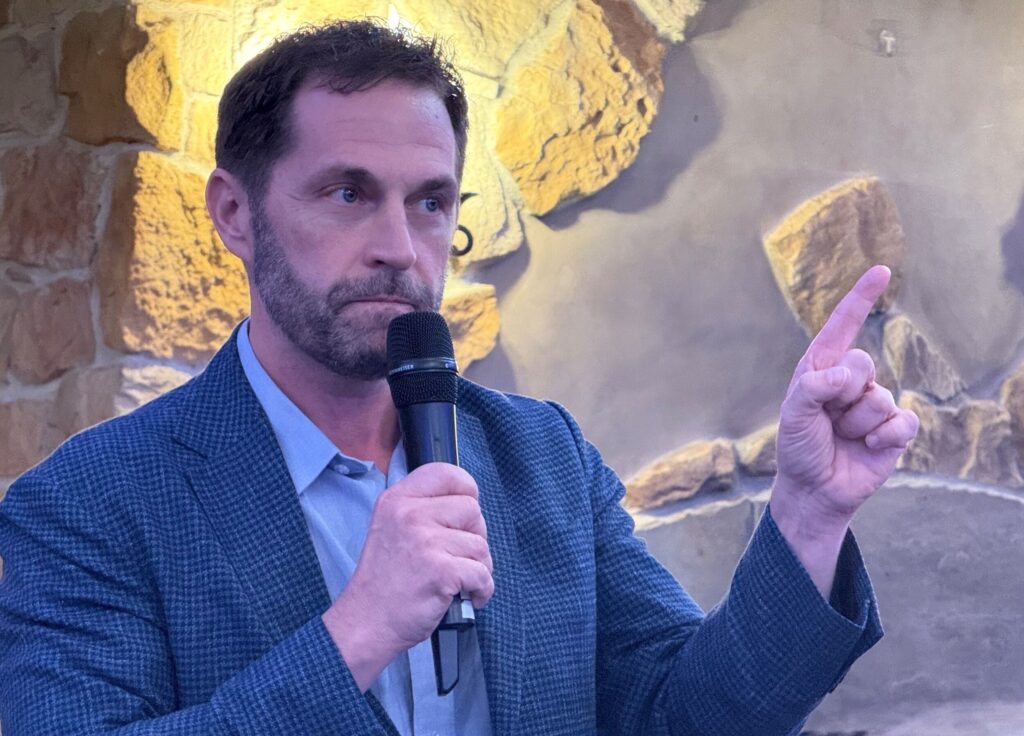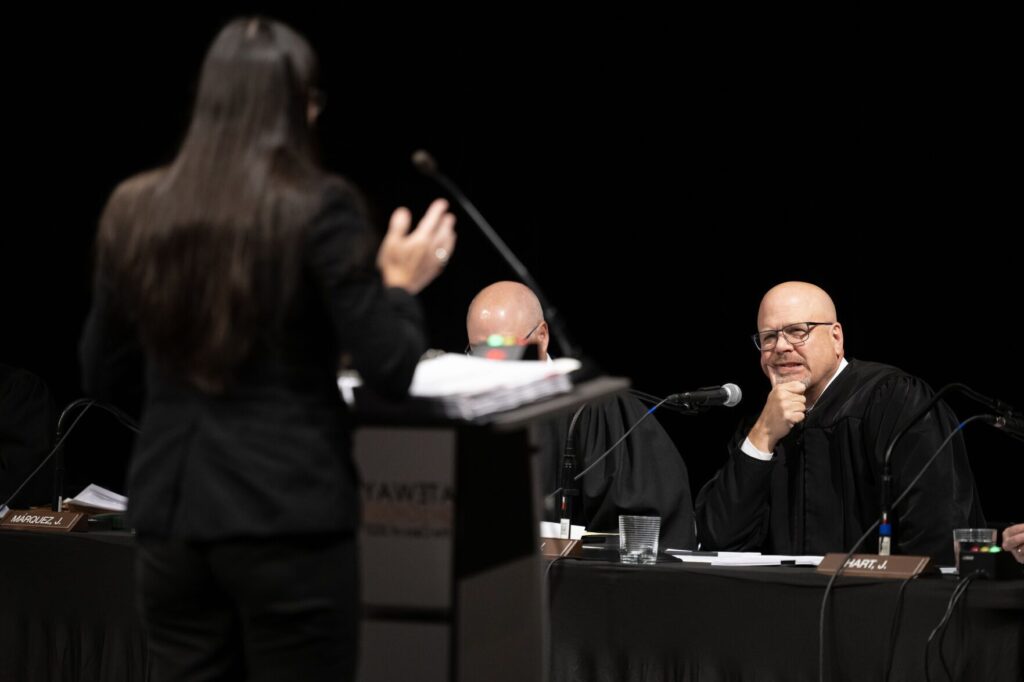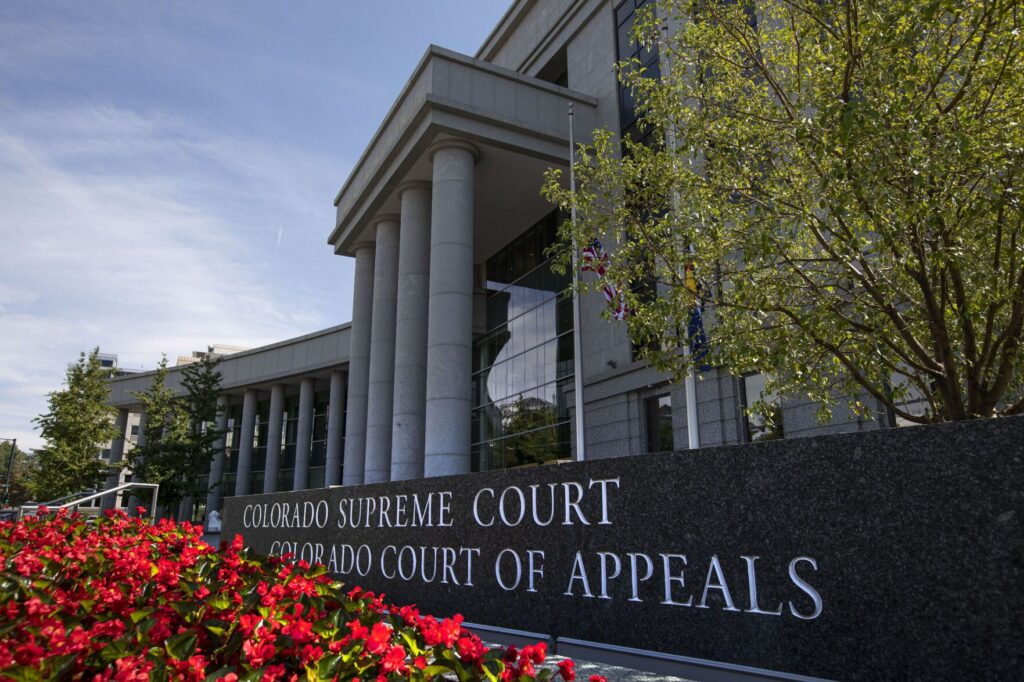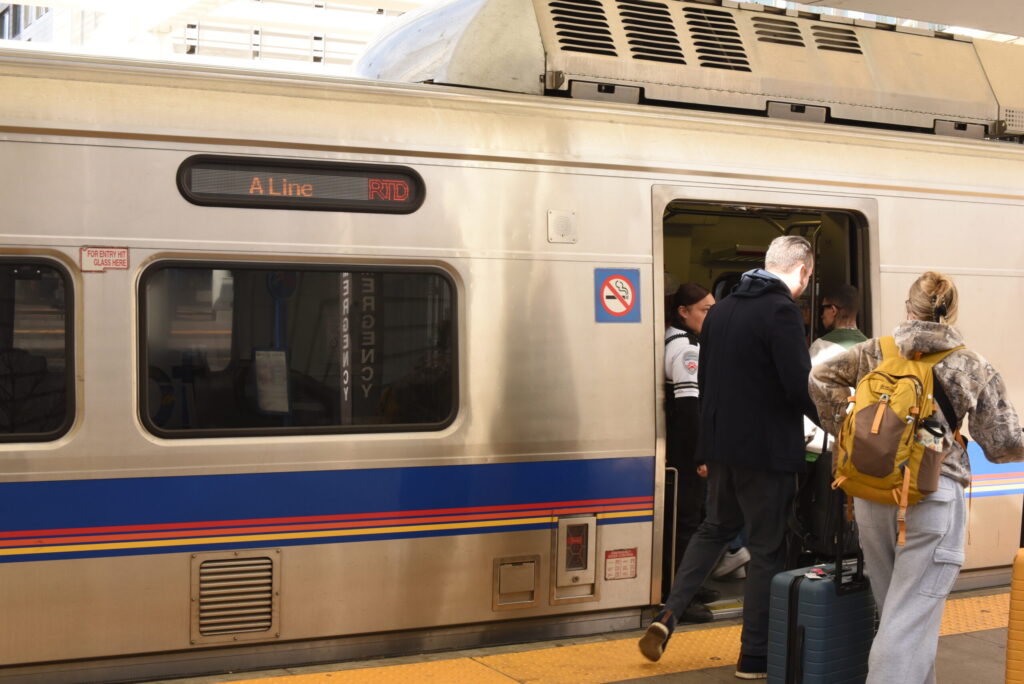Crude oil pipeline mostly reopens following massive Kansas oil spill | OUT WEST ROUNDUP
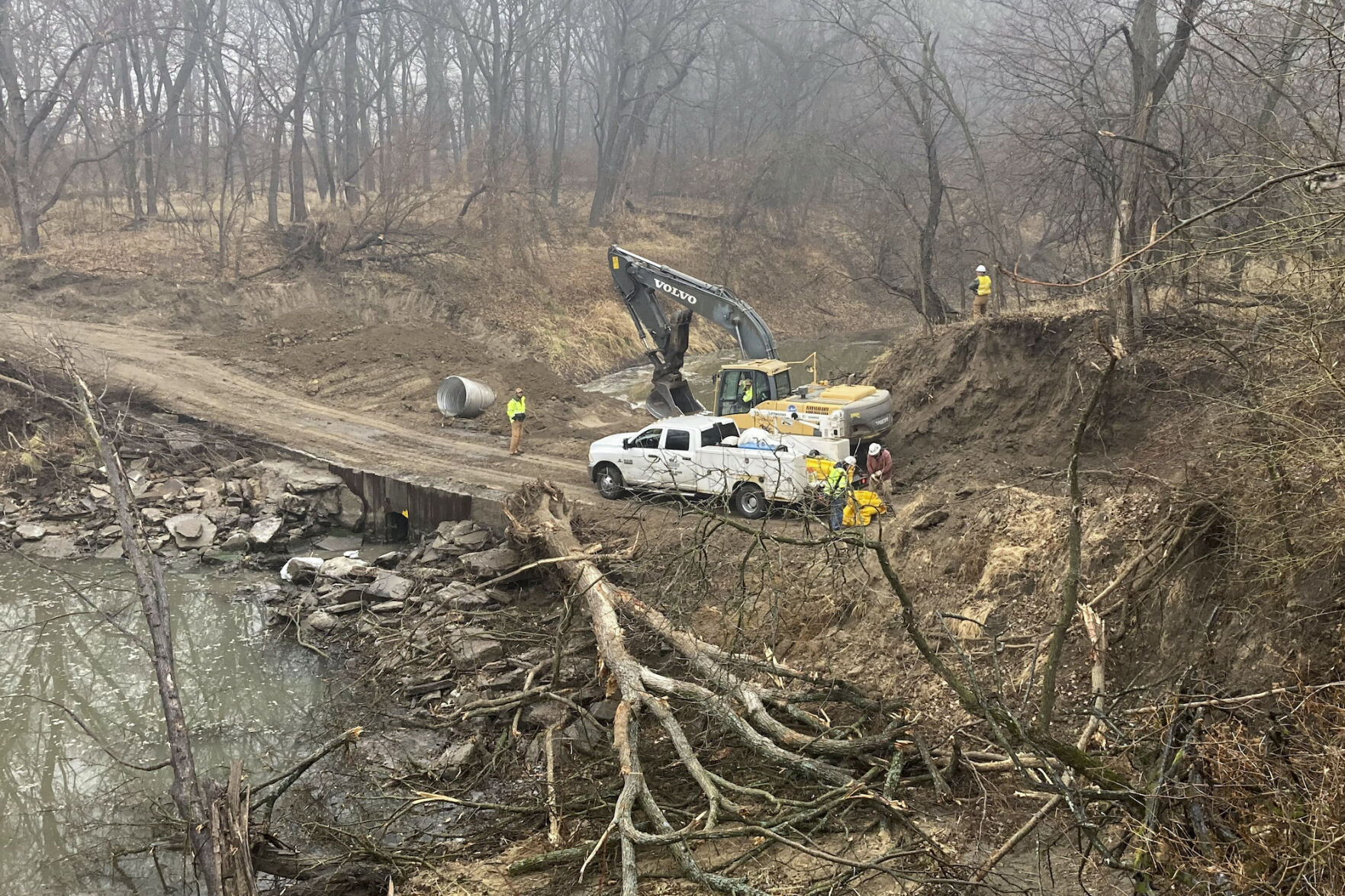
KANSAS
Company reopens most of pipeline following Kansas oil spill
TOPEKA – The operator of a pipeline with the largest onshore crude oil spill in nine years has reopened all of it except for the stretch in Kansas and northern Oklahoma that includes the site of the rupture.
Canada-based T.C. Energy said in a statement on Dec. 14 that its Keystone system has restarted operations from Canada to southern Nebraska and from there to south-central Illinois. It also is operating the pipeline from northern Oklahoma to the Gulf Coast.
The Dec. 7 spill forced the company to shut down the Keystone system and dumped about 14,000 barrels of heavy crude oil into a northeastern Kansas creek running through rural pastureland in Washington County, about 150 miles northwest of Kansas City. Each barrel is 42 gallons, the size of a household bathtub.
The spill was the largest on the 2,700-mile Keystone system since it began operating in 2010 and the largest onshore spill since a Tesoro Corp. pipeline rupture in North Dakota leaked 20,600 barrels in September 2013, according to U.S. Department of Transportation data.
The crude carried by the pipeline is extracted from tar sands in western Canada, can sink in water and can be harder to clean up than more conventional crude oil, according to experts and environmentalists.
Company and officials have said no drinking water supplies were affected, the oil didn’t reach larger waterways and no one was evacuated. But the U.S. Environmental Protection Agency said that four dead animals and 71 dead fish had been recovered.
The EPA also said the company has recovered 5,567 barrels of oil and water and 5,000 cubic yards of oil-contaminated soil, or enough to fill about 24,000 bathtubs.
Concerns that spills could pollute waterways spurred opposition to plans by TC Energy to build another crude oil pipeline in the same system, the 1,200-mile Keystone XL, across Montana, South Dakota and Nebraska. President Joe Biden’s cancelation of a permit for the project led the company to pull the plug last year.
NEW MEXICO
Governor wants free lunch for all students K-12
SANTA FE – Gov. Michelle Lujan Grisham wants New Mexico to help provide school lunches without charge to all K-12 students across the state.
Lujan Grisham spokeswoman Nora Meyers Sackett confirmed on Dec. 6 that the governor will pursue legislation when lawmakers meet in January 2023 to ensure that every student has access to free and nutritious school meals by covering the cost of breakfast and lunch for students that don’t already qualify for free or reduced-price meals.
New Mexico distributed millions of meals to children free-of-charge during the outset of the coronavirus pandemic across the state’s 89 school districts, in efforts underwritten by the U.S. Department of Agriculture.
The new initiative backed by the governor would build on efforts to combat hunger by offsetting co-payment charges for school meals.
Sackett said more details of proposed state spending on school meals will be released in early January within the governor’s annual state spending recommendations to the Legislature. New Mexico is in the midst of a windfall in state government income linked to surging oil production, amid concern about climate impacts and gyrations in energy prices.
New Mexico has the highest rate of childhood poverty in the American West and passed a law in 2017 against so-called lunch shaming – practices that can single-out children in any way for unpaid meals at school.
The law directed schools to work directly with parents to address missed meal payments and requires that children get a healthy, balanced meal regardless of whether debts are paid on time.
Lawsuit seeks access to withdrawal medication for prisoners
SANTA FE – Civil rights advocates have filed a lawsuit against the New Mexico Corrections Department seeking to ensure access for prison inmates to medication that reduces opioid withdrawal symptoms or cravings.
The lawsuit was filed on Dec. 15 in U.S. District Court in Albuquerque by the ACLU and Disability Rights New Mexico on behalf of a 28-year-old woman incarcerated at a state prison in Grants.
The woman began using heroin as a teenager and more recently was diagnosed with “opioid use disorder” and prescribed methadone that reduces opioid craving and withdrawal. She lost access to the medication while incarcerated.
The lawsuit contends that denying inmates access to anti-craving and withdrawal medications such as methadone, buprenorphine and naltrexone constitutes cruel and unusual punishment that is prohibited by the Constitution and the Americans with Disabilities Act.
Corrections Department officials could not immediately be reached for comment.
New Mexico state government has been at the forefront of strategies to reduce the toll of drug use and addiction – from the distribution of overdose antidote drugs to legal immunity provisions for people who may implicate themselves in crimes by seeking overdose treatment for themselves or others.
WYOMING
Food bank spending on food costs triples compared to 2021
As food costs continue to increase, Wyoming’s food pantries are grappling with rising demand and dwindling donations.
The Food Bank of Wyoming, which supplies about 160 food pantries across the state, says it’s spending three times more on supplies compared to last year’s holiday season. To feed Wyoming families in need, it’s also buying twice as much food as it did in 2020, according to executive director Rachel Bailey.
The Food Bank of Wyoming says it’s paying 61% more for sweet corn, for instance, and 71% more for potatoes than a year ago.
Food banks are also receiving less help from federal programs than they did during the height of the pandemic. Additional funding given to The Emergency Food Assistance Program, for instance, ended this summer.
Families are receiving less federal assistance, too.
During the pandemic, the USDA had expanded benefits for families on SNAP (also called food stamps) and relaxed some eligibility requirements. In Wyoming, those changes ended in April.
Meanwhile, inflation is at a 40-year high, according to Labor Department data.
“Right now on average, Wyoming families are spending about $500 more each month on basic needs,” Bailey said.
The Food Bank of Wyoming recently received a $100,000 matching grant from the Laramie-based John P. Ellbogen Foundation. That means for every dollar donated to the food bank through the end of December, the foundation will donate a dollar, too, up to a maximum of $100,000.
The money will help the food bank pay for “essential food items” – things like canned goods, flour, rice and produce, Bailey said.
ARIZONA
Driver cited for carpooling with inflatable Grinch
PHOENIX – The Grinch came early for an Arizona driver who tried to pass off an inflatable figure of the Dr. Seuss character as a passenger.
The Arizona Department of Public Safety says a state trooper in the first week of December noticed a car in a high-occupancy vehicle lane on Interstate 10 in Phoenix with a “Seusspicious-looking” green passenger.
While the gag may have caused the officer’s heart to grow, it did not stop the driver from getting cited for being in the HOV lane during a restricted time.
The agency, however, could not help but post a photo of the Grinch figure with the driver’s face blurred on its Twitter account.
Officials say they appreciate the “festive flair” but that the driver’s action was still illegal.
They are urging motorists to follow traffic laws.
